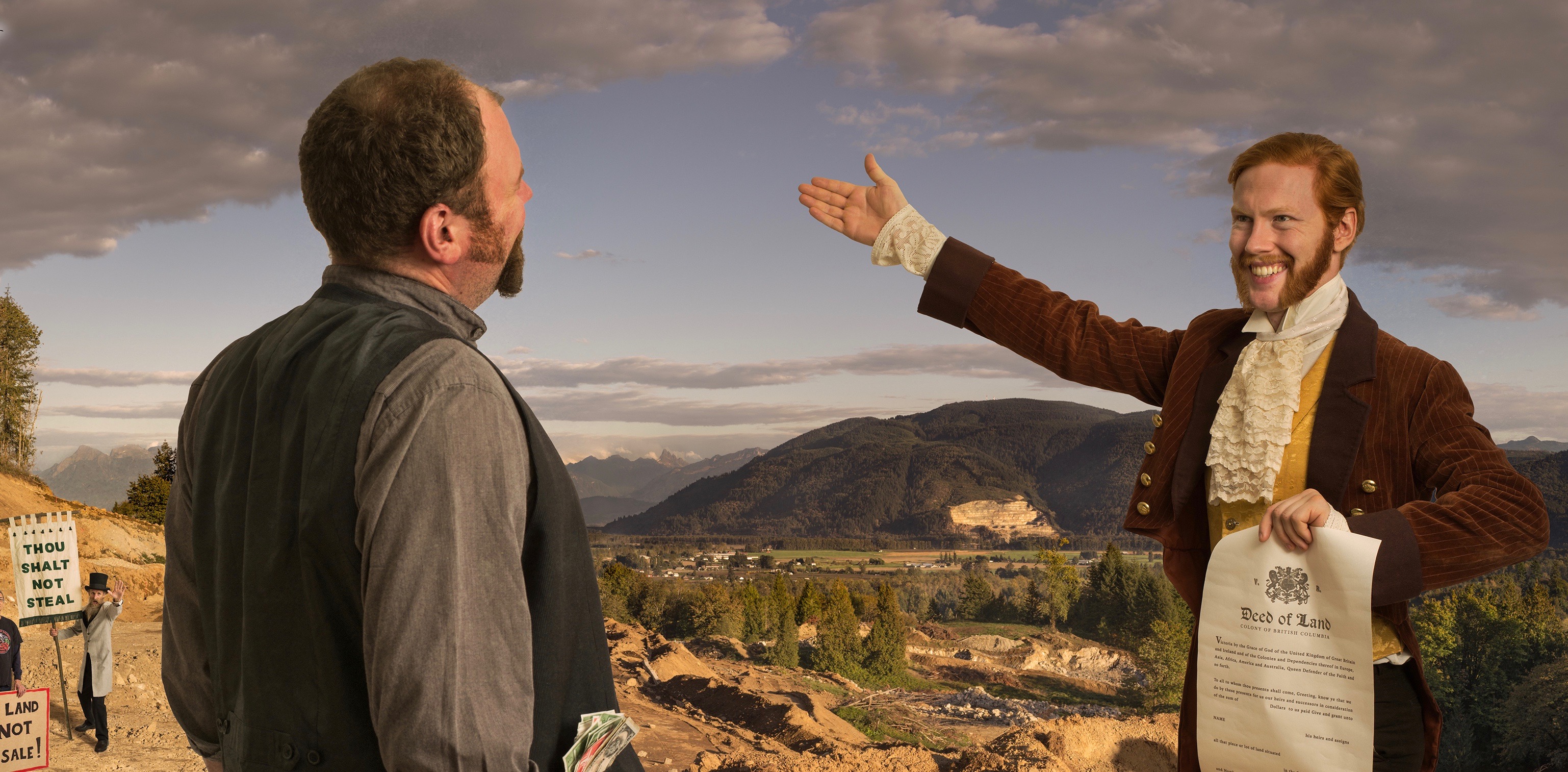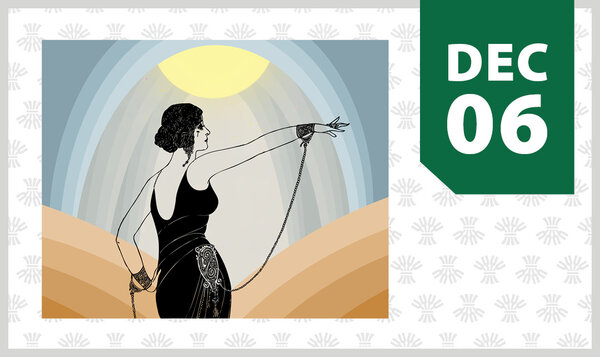
Exhibition: Grand Theft Terra Firma
Text and image come together to challenge the moral authority of the settler narrative
Jan. 29 - March 10, 2019
Diefenbaker Canada Centre
The Diefenbaker Canada Centre (DCC) is presenting an exhibit entitled Grand Theft Terra Firma, which will be on display until March 10.
This exhibit, created by artists David Campion and Sandra Shields and curated by The Reach Gallery Museum, is an unflinching redress of Canada’s colonial narrative. By combining contemporary popular culture with historical source material, the artists disrupt the celebratory mythology of nation building and invite visitors to critically evaluate their own continued and complicated relationship to colonial practices.
As the title suggests, the exhibition appropriates the language of digital gaming to reframe the settlement of Canada as a complex heist. Specifically, the title refers to Grand Theft Auto, a series of popular video games considered highly controversial, in part because they require players to commit violent and immoral acts to achieve gaming success. Borrowing from this, the exhibition unfolds as a strategy guide to an imaginary video game based on historical events occurring within S’ólh Téméxw, now more commonly known as British Columbia's Fraser Valley.
Text and image come together to challenge the moral authority of the settler narrative as the artists employ common elements from gaming strategy guides to structure this body of work. Photographic portraits introduce us to the “players.” These characters draw on the archetypes of Canadian history, their fictional backstories describing their roles in the colonial project while simultaneously connecting our national history to the global conquests of the British Empire.
Photographs of artifacts from museum collections are presented as the “power objects” required by the characters for game play, and a series of digitally composed tableaux mimic “screen shots.” These photographic vignettes, achieved in collaboration with Stó:lō community members and actors of settler heritage, evoke the ongoing impacts of past events. As physical interruptions in a primarily photographic exhibition, the photostudio backdrop, the outhouse and the desk remind us that the writing of history is often a matter of perspective; how we describe and relate to the story depends on where we are standing.
The artists’ use of gaming, satire and humour provides entry points into difficult knowledge. These strategies encourage us to consider how history can become mythologized in its telling. The exhibition thus supports discussions around emergent notions of personal awareness and responsibility in the process of decolonization, and emphasizes the potential for art to promote critical discourse in divided societies.
The exhibition is presented with support from the departments of history and Indigenous studies in the College of Arts and Science at the University of Saskatchewan.


